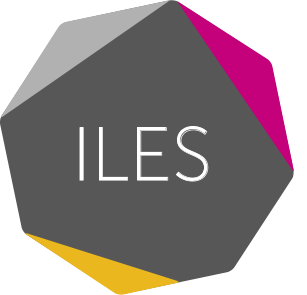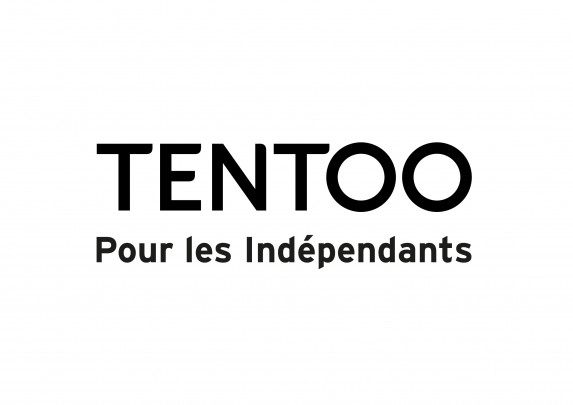Regardless of whether you are self-employed in a main or secondary occupation, the same rules apply. You will find an overview of your most important rights and obligations here.
Definition of a self-employed person in main occupation
You are self-employed if, as an adult, you carry out a profitable activity without having an employment contract with an employer for that purpose. It also qualifies as your main occupation if you don’t have another job or if you work as a salaried employee for less than 50% of full-time. In short: being a self-employed person in main occupation means you are your own boss.
What’s more, you may combine several jobs: just as a wage-earner is allowed to work independently in a secondary occupation, a self-employed person may also exercise an additional activity. An example: once she is done working for the day in her own bookshop as a self-employed, Natalia gives Spanish lessons in the night school.
Obligations as a self-employed person in main occupation
If you are self-employed in main occupation, these are your primary obligations:
Enterprise counter
Your first stop has to be at a recognised enterprise counter. They will help you register at the Crossroads Bank for Enterprises (CBE/KBO). Something you should do before starting your activities.
Social security
If you are self-employed, you will also be considered as self-employed as regards social security. This means that, unlike wage earners, you need to get affiliated with a social security fund and pay social security contributions every quarter. You are also required to register with a health insurance fund.
Access to the profession
You need a certificate of professional aptitude and/or a license in order to practice certain professions. This would apply to architects, real estate agents and psychologists, for example.
Rights as a self-employed person in main occupation
If your social security contribution payments are up-to-date, you will be protected against a number of risks.
Illness
The health insurance fund will reimburse your medical expenses. For example, it covers your GP consultations, dental care or a visit to a specialist, as well as prescribed medicines and hospital care. Only the co-payment (patient fee) comes out of your pocket. What if you are (temporarily) incapacitated? If that happens, you will get a substitute income (FR) from the 8th day of incapacity, provided that you meet all the conditions.
An example: Melissa is a self-employed architect, but cannot work for two months due to a traffic accident. Since her incapacity for work (certified by a doctor) lasts more than seven full days, Melissa receives a sickness benefit starting from the very first day of her incapacity. Her medical visits and medication are also reimbursed.
Pregnancy
If you are expecting a child, you are entitled to maternity leave, a quarterly exemption from social security contributions, service cheques for household assistance, child benefit and maternity allowance (FR).
Informal care
If you are caring for a seriously ill family member or household member and you therefore have to discontinue your self-employed activity for at least one month, then your social status allows you, under certain conditions, to claim a benefit as an informal carer. In some cases, you are also exempt from social contributions during this period.
Pension benefits
Every quarter, you put away a little money towards your statutory pension. In other words: the longer you work, the more generous your pension will be. As a self-employed person, however, you are entitled to take up an additional pension plan if you want to enjoy your old age.
How do you put an end to your independent activity?
If things didn’t turn out as you imagined, you are entitled to consider a new social status. Depending on your situation and the reason for termination, as a self-employed person you may be able to claim bridging rights (up to 12 months) or receive unemployment benefits.
Who can help me ?





